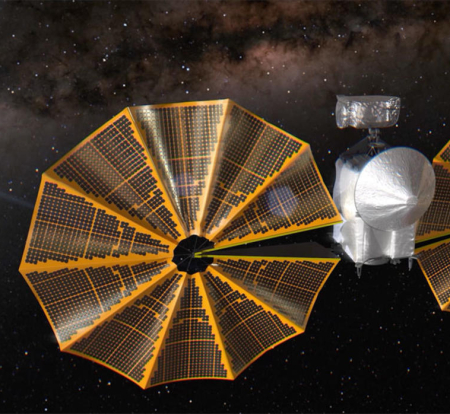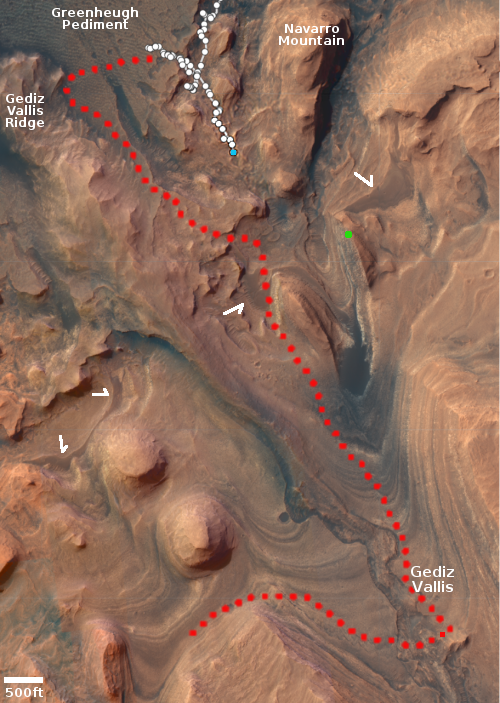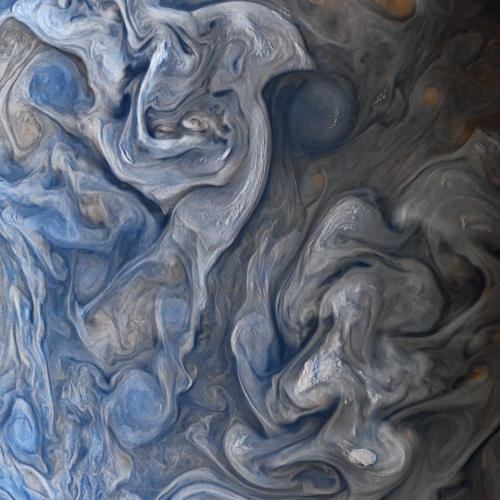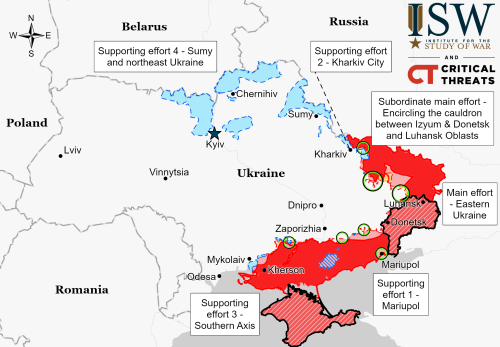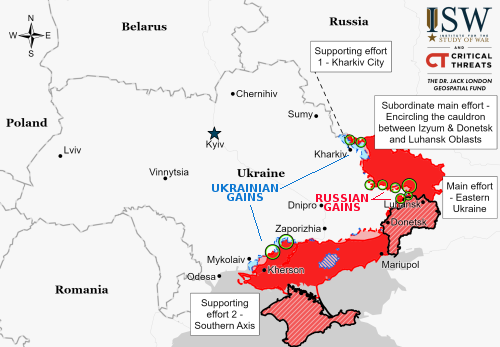Stratolaunch test flight of Roc ends prematurely
Capitalism in space: A recent Stratolaunch test flight of its giant carrier airplane Roc was ended prematurely because engineers had detected an unexpected “test result”.
“While completing Roc testing operations, we encountered a test result that made it clear we would not achieve all objectives for this flight,” the California-based company, which was created by Microsoft co-founder Paul Allen more than a decade ago, said in Twitter update. “We made the decision to land, review the data, and prepare for our next flight.”
The company has provided little additional information. The flight itself was planned to last as much as 3.5 hours, but only lasted about an hour and a half.
Stratolaunch’s present plan is to offer Roc and its Talon-A payload as a testbed for testing hypersonic flight.
Capitalism in space: A recent Stratolaunch test flight of its giant carrier airplane Roc was ended prematurely because engineers had detected an unexpected “test result”.
“While completing Roc testing operations, we encountered a test result that made it clear we would not achieve all objectives for this flight,” the California-based company, which was created by Microsoft co-founder Paul Allen more than a decade ago, said in Twitter update. “We made the decision to land, review the data, and prepare for our next flight.”
The company has provided little additional information. The flight itself was planned to last as much as 3.5 hours, but only lasted about an hour and a half.
Stratolaunch’s present plan is to offer Roc and its Talon-A payload as a testbed for testing hypersonic flight.






